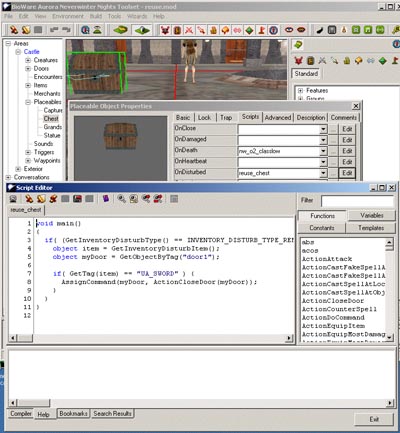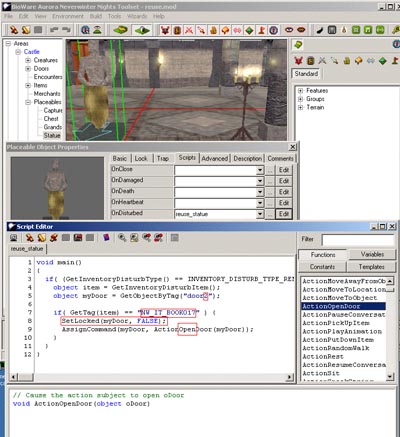![]()
Writing
Interactive Stories in the Classroom
Duane
Szafron, University of Alberta
Mike
Carbonaro, University of Alberta
Maria
Cutumisu, University of Alberta
Stephanie
Gillis, Holy Trinity High School
Matthew
McNaughton, University of Alberta
Curtis
Onuczko,, University of Alberta
Thomas
Roy, University of Alberta
Jonathan
Schaeffer, University of Alberta
Abstract
The last five years have seen interactive storywriting technology mature to the point where it has become widely popular and is starting to be recognized as a new communications medium. The two most common examples of interactive stories are computer games and educational training simulations. Non-linear interactive stories involve the reader as an active participant in the story where the player (reader) has a direct influence on the plot of the story. Compared to traditional linear pen-and-paper (or word processor-created) stories, interactive stories come with a new set of challenges, but also provide an interesting set of opportunities. Currently, students are not exposed to the challenges or opportunities of writing interactive stories for two reasons. First, interactive storywriting technology is too complex to be used in the classroom. Second, critical parts of this new technology require the writer to construct sophisticated computer programs to tell the story. In this paper, we describe how we have solved these two problems by developing a student-friendly environment (ScriptEase) that enables non-programmers to write interactive stories using a simple set of tools. Specifically we describe how High School students used our tools to create Computer Role Playing Game (CRPG) stories that can be played (read) as adventures in the popular Neverwinter Nights computer game.
![]()


